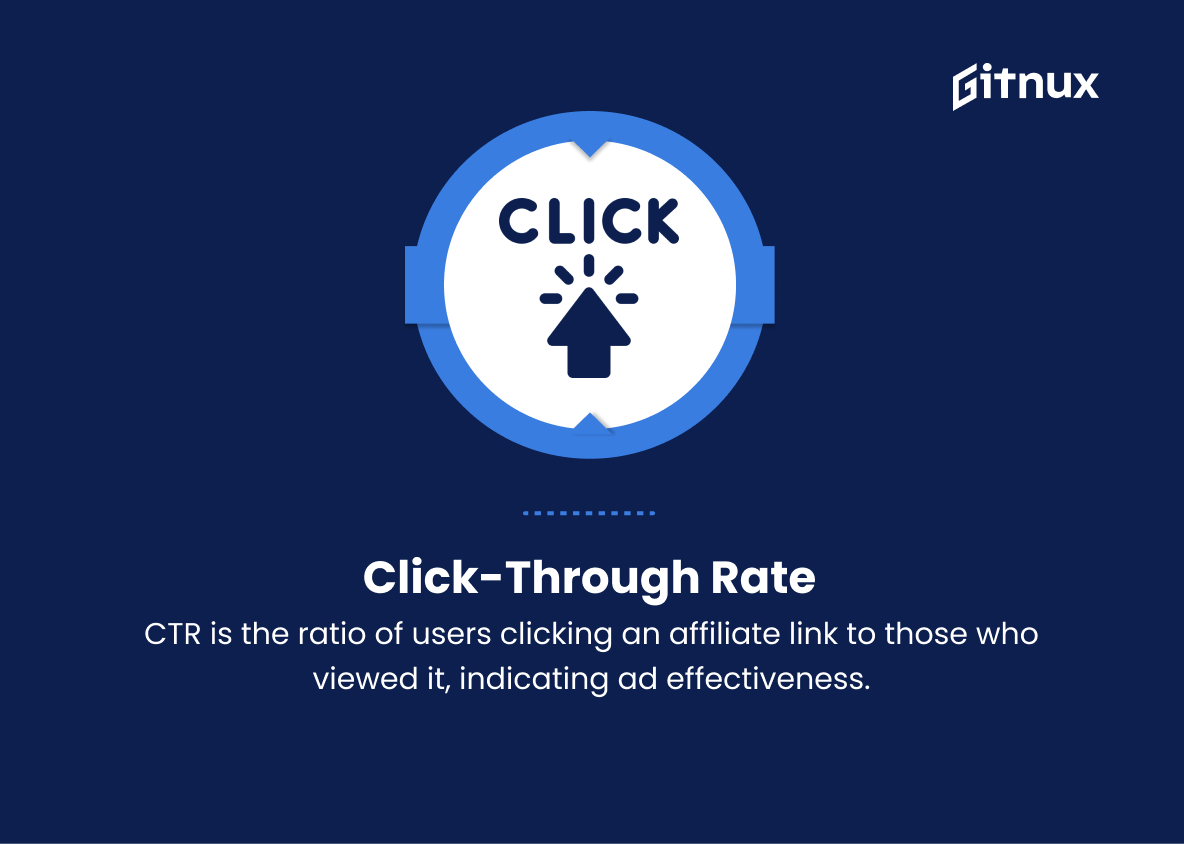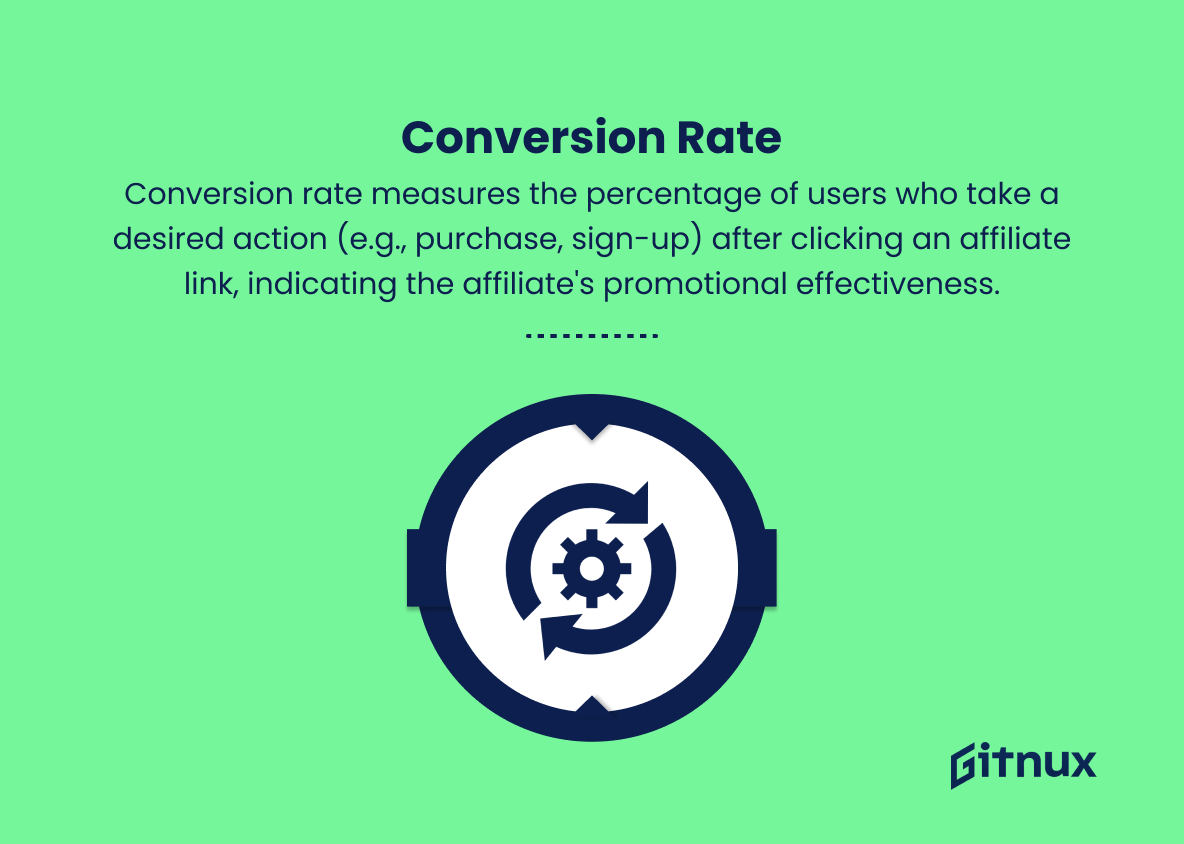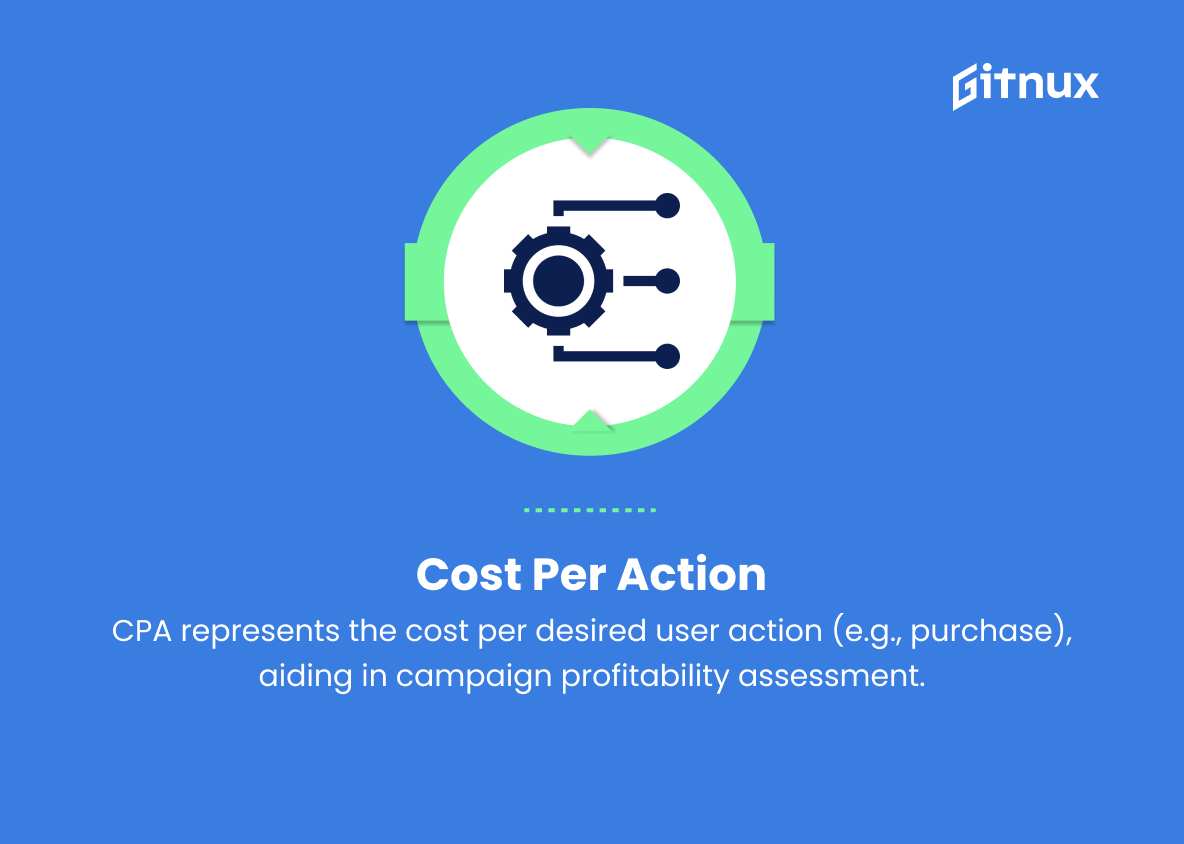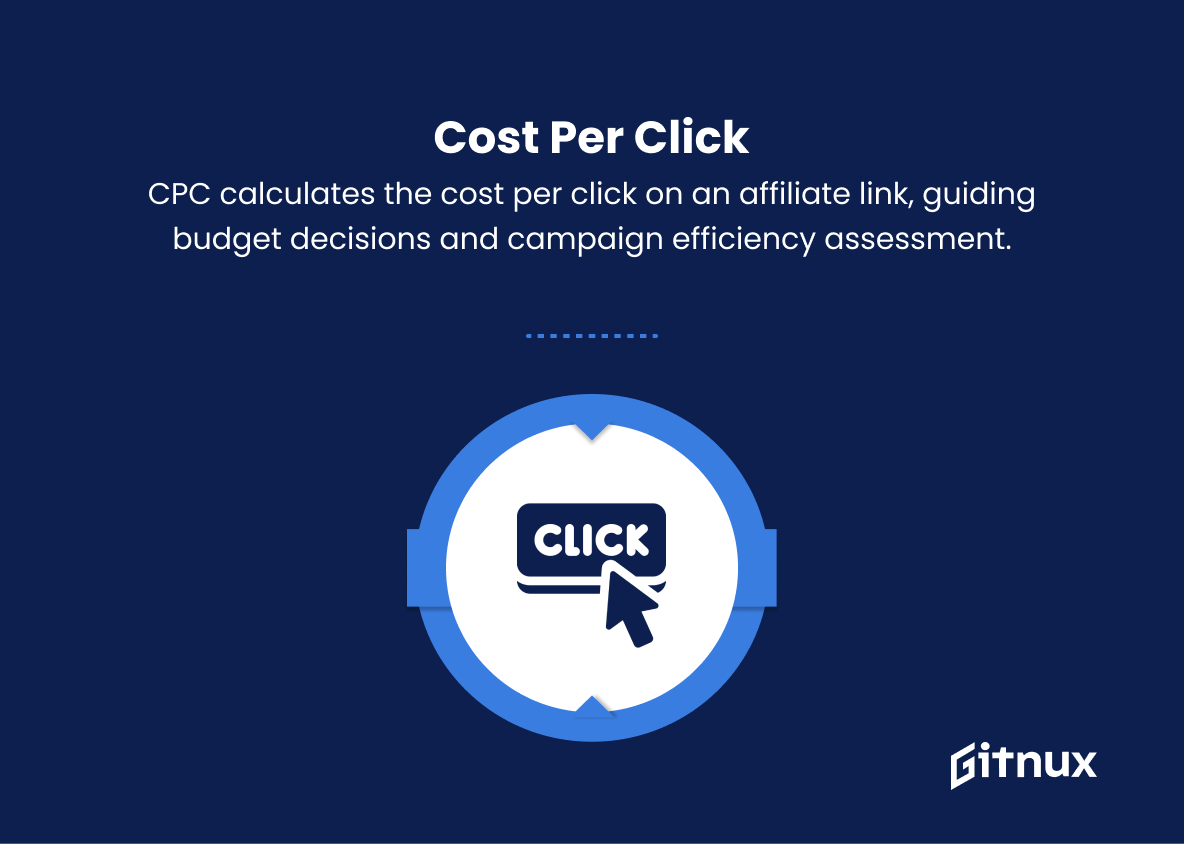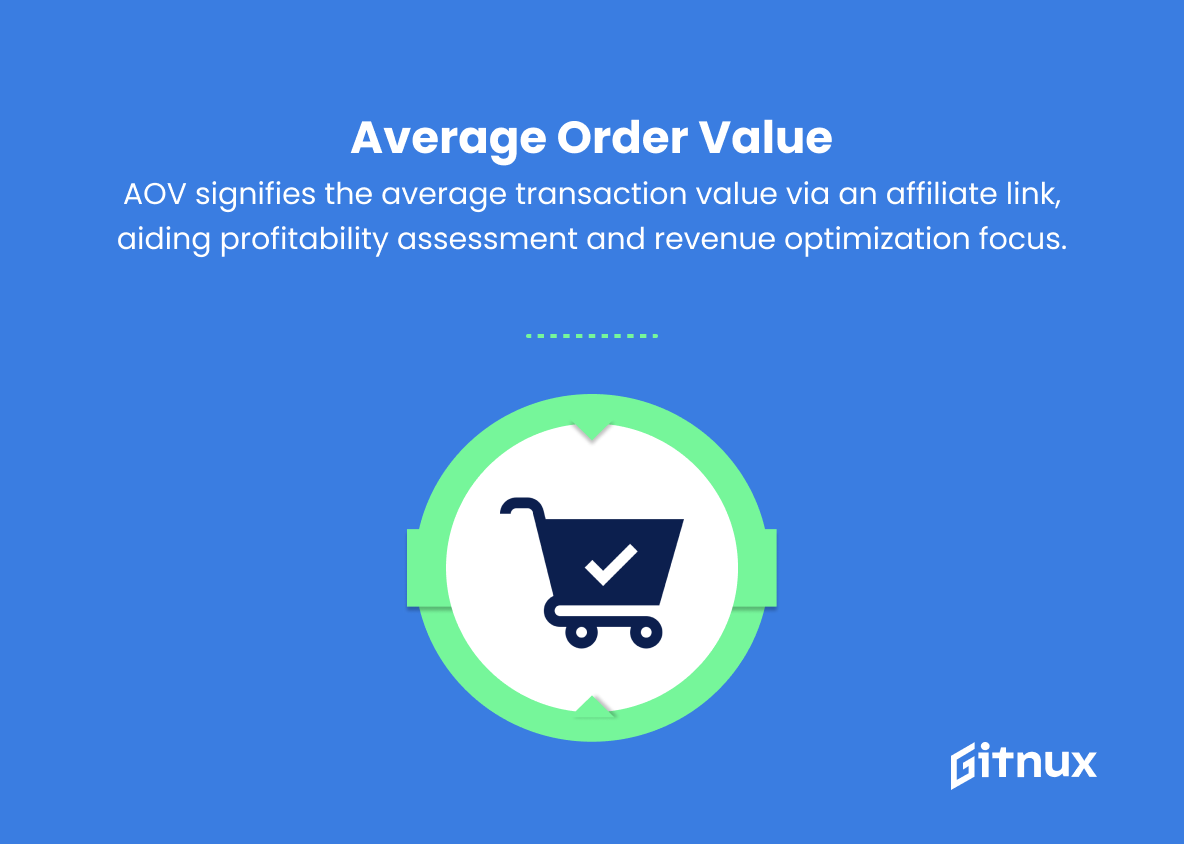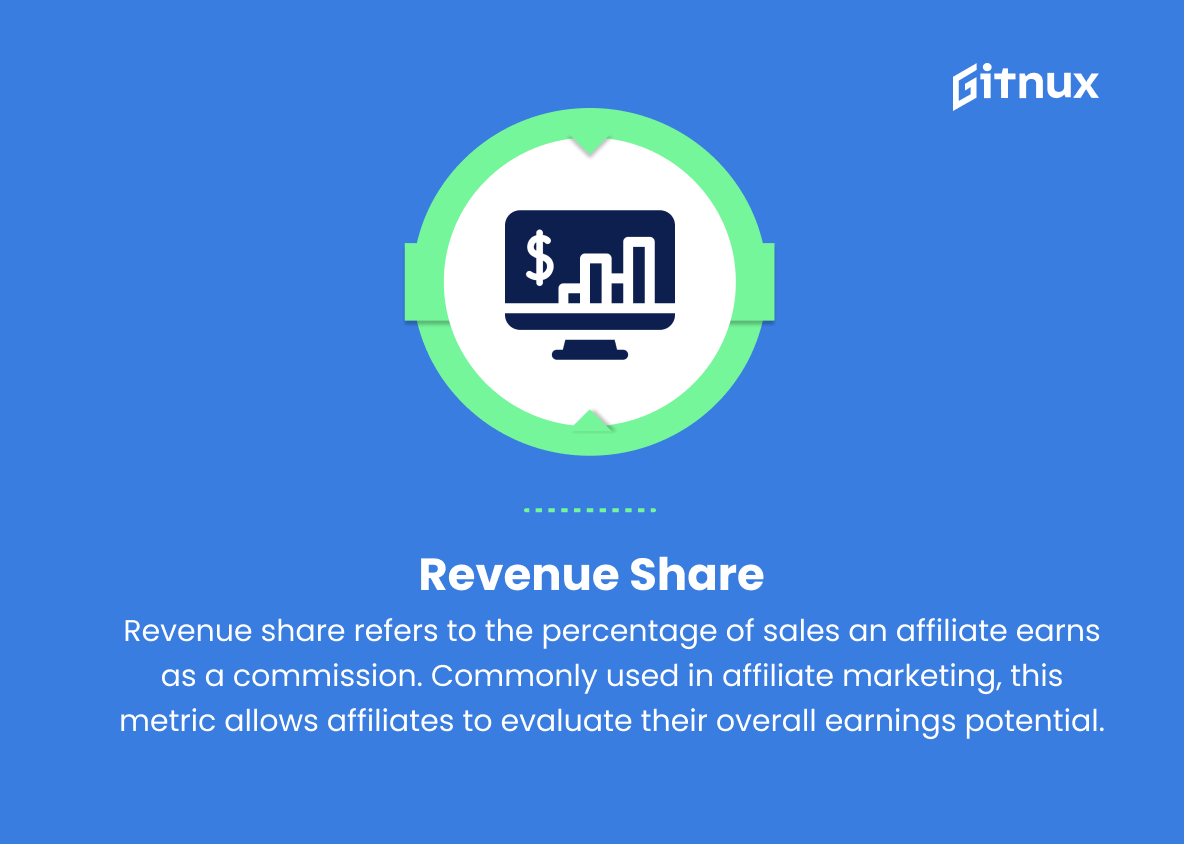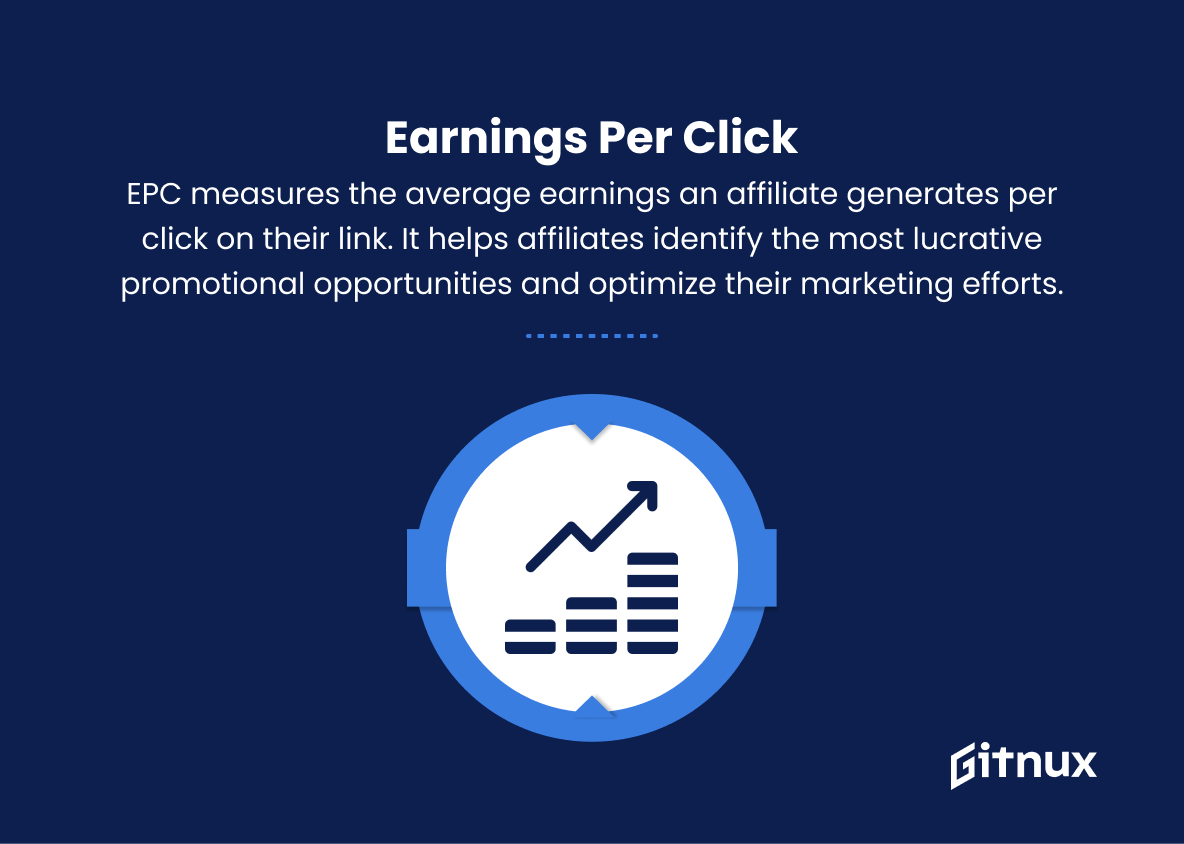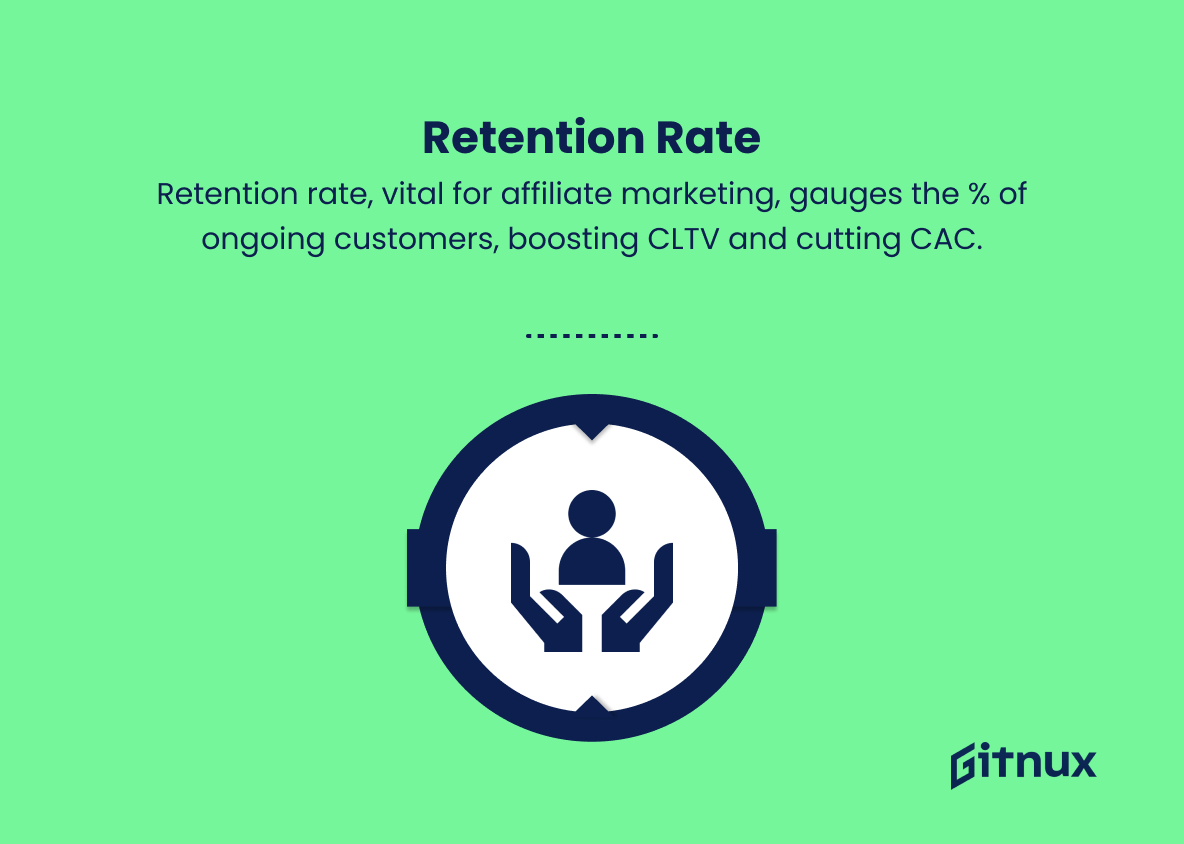In the rapidly evolving world of digital marketing, affiliate marketing has established itself as a powerful tool employed by businesses of all sizes to drive leads and conversions. As advertisers increasingly embrace this performance-based model, it has become imperative to have a deep understanding of the key metrics that contribute to the success of an affiliate marketing campaign.
This blog post delves into the essential affiliate marketing metrics that not only help gauge the performance of your program but also empower you to optimize and scale it for maximized returns. Stay with us as we unravel these crucial parameters and explore how they can effectively shape the future of your affiliate marketing efforts.
Affiliate Marketing Metrics You Should Know
1. Click-Through Rate (CTR)
This measures the percentage of users who click on an affiliate link compared to the total number of people who viewed it. CTR helps assess the effectiveness of ad placements and creative approaches.
2. Conversion Rate (CR)
Conversion rate measures the percentage of users who perform a desired action (e.g., purchase, sign-up) after clicking on an affiliate link. It indicates the effectiveness of the affiliate’s promotional efforts.
3. Cost per Action (CPA)
CPA indicates the average cost for each desired action completed by a user, such as a purchase, sign-up, or download. This metric helps gauge the overall profitability of an affiliate marketing campaign.
4. Cost per Click (CPC)
CPC measures the average cost per click on an affiliate link. This metric helps determine the efficiency and cost-effectiveness of an affiliate marketing campaign and can guide budget allocation decisions.
5. Cost per Mille (CPM)
CPM denotes the cost per thousand impressions (views or clicks) of an ad or affiliate link. It provides insights into the cost-effectiveness and reach of an affiliate campaign.
6. Average Order Value (AOV)
AOV represents the average monetary value of each completed transaction through an affiliate link. This metric helps assess the profitability of an affiliate marketing campaign and highlights areas for potential revenue optimization.
7. Revenue per Click (RPC)
RPC calculates the average revenue generated per click on an affiliate link. This metric helps evaluate the overall revenue efficiency of an affiliate marketing campaign.
8. Return on Investment (ROI)
ROI measures the profitability of an affiliate campaign by comparing the amount of money invested to the revenue generated. A high ROI signifies more effective affiliate marketing efforts.
9. Revenue Share
Revenue share refers to the percentage of sales an affiliate earns as a commission. Commonly used in affiliate marketing, this metric allows affiliates to evaluate their overall earnings potential.
10. Earnings per Click (EPC)
EPC measures the average earnings an affiliate generates per click on their link. It helps affiliates identify the most lucrative promotional opportunities and optimize their marketing efforts.
11. Customer Lifetime Value (CLTV)
CLTV refers to the estimated total revenue a single customer will generate during their lifetime. It helps affiliates identify high-value customers and fine-tune their targeting strategies.
12. Customer Acquisition Cost (CAC)
CAC measures the average cost of acquiring a new customer through an affiliate marketing campaign, accounting for ad spend, commissions, and other acquisition expenses. This metric helps affiliates optimize their campaign budget and identify potential profitability issues.
13. Bounce Rate
Bounce rate represents the percentage of users who leave a website after only visiting one page. A high bounce rate may indicate website or content-related issues, negatively affecting the performance of an affiliate marketing campaign.
14. Retention Rate
Retention rate measures the percentage of customers who continue to make purchases or use a service over a given period. Maintaining a high retention rate is key for long-term affiliate marketing success, as it yields higher CLTV and reduces CAC.
Affiliate Marketing Metrics Explained
Affiliate marketing metrics, such as Click-Through Rate (CTR), Conversion Rate (CR), Cost per Action (CPA), Cost per Click (CPC), Cost per Mille (CPM), Average Order Value (AOV), Revenue per Click (RPC), Return on Investment (ROI), Revenue Share, Earnings per Click (EPC), Customer Lifetime Value (CLTV), Customer Acquisition Cost (CAC), Bounce Rate, and Retention Rate, are crucial indicators of the performance and profitability of affiliate marketing campaigns. These metrics help in assessing the effectiveness of ad placements, creative approaches, budget allocation, and targeting strategies.
By understanding and tracking these key performance indicators, affiliates can optimize their promotional efforts, identify lucrative opportunities, and fine-tune their marketing strategies to maximize revenues, reduce acquisition costs, and improve customer retention. In turn, this leads to higher CLTV, improved ROI, and long-term success in affiliate marketing.
Conclusion
In conclusion, affiliate marketing metrics play a crucial role in the overall success and growth of an online business. By understanding and utilizing these vital performance indicators, marketers can effectively analyze their affiliate campaigns, make data-driven decisions, and optimize their strategies to boost revenue.
By focusing on metrics such as conversion rate, average order value, earnings per click, and return on investment, marketers can ensure that their affiliate marketing efforts are aligned with their business objectives. With consistent monitoring and optimization, these metrics will serve as a navigational compass towards a more rewarding and profitable affiliate marketing journey.
